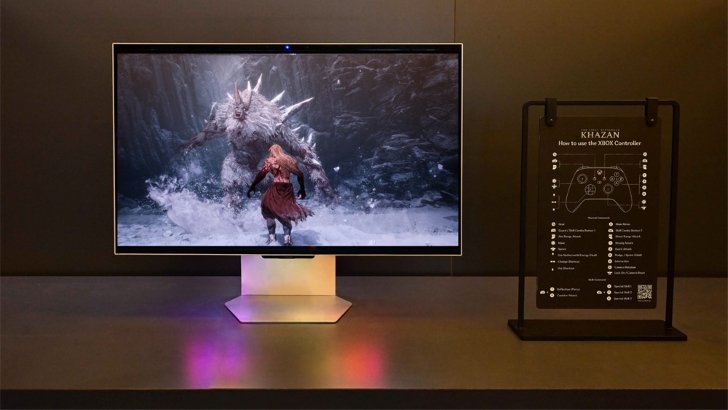Samsung Research[1] America’s Audio Lab has been working towards its mandate of ‘taking Samsung’s audio technology to the top of the industry’ since its foundation. From making improvements in the pure audio sphere to building leadership in advancing TV sound technology, the Audio Lab has surprised the entire industry with innovative solutions including the Q-Symphony and OTS (Object Tracking Sound) technologies.
Following the release of the HW-S800B Ultra Slim Soundbar for Samsung’s QLED TV line-up, which was unveiled earlier this year at CES, Samsung Newsroom spoke to Ema Souza Blanes at Audio Lab of Samsung Research America. She is the person behind the process for product validation and research that includes countless listening tests, all of which are conducted to deliver the best possible immersive viewing experiences with the finest sound.

▲ Ema Souza Blanes at Audio Lab of Samsung Research America
1. Briefly tell us about yourself and your role in the Samsung Audio Lab.
I am a French audio engineer, and after graduating from the engineering school Arts et Métiers ParisTech (ENSAM) and the Paris-Saclay University, I joined the Samsung Research America’s Audio Lab in Valencia, California. My role with the Audio Lab is to run listening tests for product validation and overall research purposes.
2. What is a new or recent trend happening in the soundbar industry?
Immersion is a topical subject in soundbar development, with the inclusion of more advanced audio technologies such as Dolby Atmos in home audio. Soundbars have also naturally followed the TV design trend with the intent of blending into the home décor with a sleek and discreet build. Though, despite these new slim designs, sound quality and immersion yet remain at the heart of soundbar development.
3. Samsung has recently released the ultra-slim soundbar HW-S800B. What were some of the primary objectives for this model?
The design process of the HW-S800B was dedicated to combining all aspects of these recent trends into one product. We aimed to develop a soundbar that blends seamlessly with discreet screens such as The Frame, which challenged us when it came to customization and optimization due to its slim design.
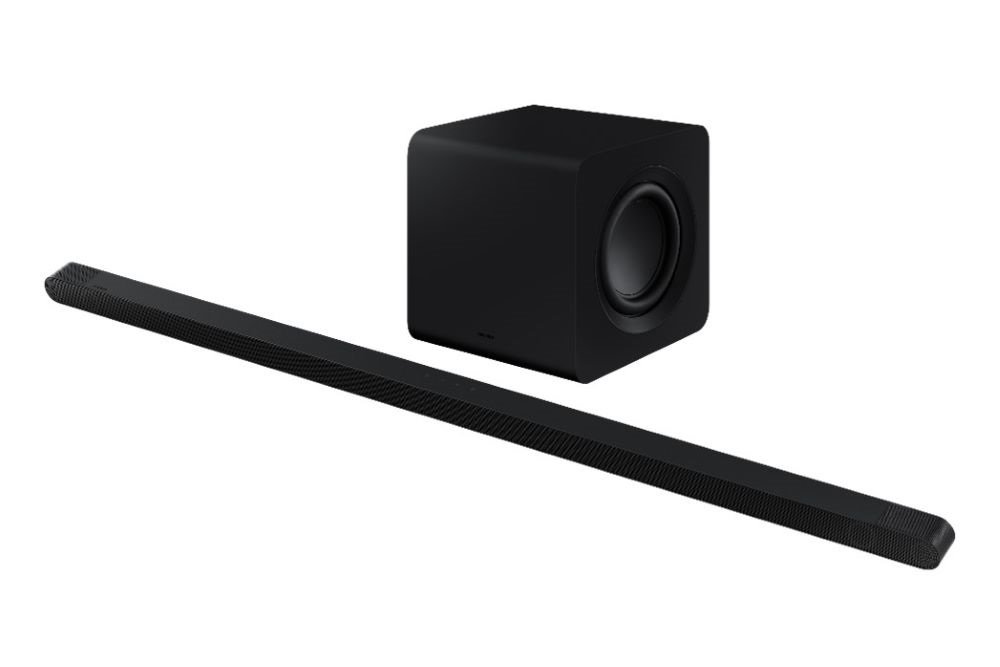
▲ HW-S800B
4. The soundbar’s depth and height are 1.6” x 1.5”, which is a difficult size in which to include all amplifiers and multi-channel speakers. Can you describe some of the challenges you faced during the development process?
Most soundbars in the market that are designed to be slim or small typically have a weaker integration of the subwoofer to the soundbar. The result is a colored sound, especially when it comes to voices. The challenge was to avoid this effect and to ensure that voices are maintained in the center of the sound field. This required custom soundbar transducers and a design capable of low crossover frequency to the subwoofer.
5. We noticed that the subwoofer appears different from past models. Can you elaborate on this difference?
Most subwoofers feature a port to enhance the bass response. Since the HW-S800B’s subwoofer has a smaller enclosure which limits the port size, we recognized that this would cause turbulent air motion, resulting in distortion and less bass. This constraint was addressed by designing a custom passive radiator in place of a port and a long-excursion 6.5” woofer that is able to displace as much air as a larger woofer.
6. Similar to other premium Samsung soundbars, this model features a wireless connection between the soundbar and TV along with Dolby Atmos sound technology. Why should consumers want these capabilities?
Samsung’s 2022 soundbars come with Wireless Dolby Atmos connectivity, a wireless Smart TV-to-soundbar connection in which both the screen and soundbar speakers deliver an incredible audio experience with no distracting cables. It allows for smoother on-wall mounting setups by minimizing the number of visible cables. Nobody wants their homes cluttered or disorganized, and we are living in a time, in which more consumers are eyeing products that perfectly blend their sophisticated, personal style in and out of the home with technological innovation for a better, connected experience. I believe our soundbars exemplify this desire that we’re seeing in the consumer electronics industry.

7. Samsung’s Q-Symphony sound technology has also significantly improved in the past year. What are some of the upgrades over the previous version?
In the 2021 TV models, Q-Symphony combined the power of the top speakers and the soundbar. The new Q-Symphony enhances the surround sound and feeling of immersion through channel separation technology. This enables the soundbar and TV speakers to work together with all the speakers on the TVs, including the top, bottom and side speakers, providing for an expansive, powerful soundscape.
8. Is there anything else we should know about the Audio Lab and your work?
Running listening tests is crucial to ensure the quality of our products. At Samsung, we work closely with our skilled listeners in various and rigorous listening tests where they give their opinion on our products including the comparison between our previous models. The HW-S800B is no exception and showed compelling results while also competing with much larger soundbars.
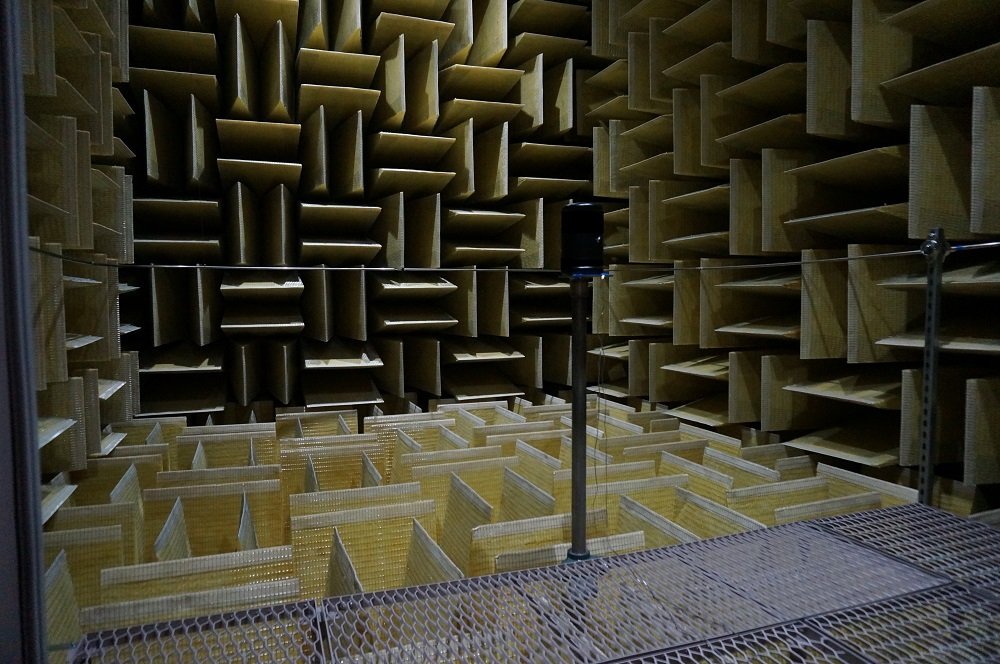
▲ Samsung Research America’s Audio Lab






![[Video] Unfolding What’s Next: Unboxing Galaxy Z TriFold](https://stuffmotion.com/wp-content/uploads/2025/12/Samsung-Mobile-Galaxy-Z-TriFold-Unboxing-Video_thumb932-218x150.jpg)



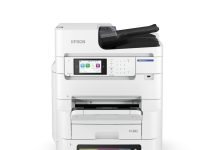
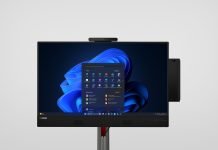







![[CES 2026] Quest For Perfect Color…Samsung To Push Boundaries of TV at The First Look](https://stuffmotion.com/wp-content/uploads/2025/12/Samsung-TVs-and-Displays-CES-2026-The-First-Look-Push-Boundaries-of-TV_Thumb728-218x150.jpg)
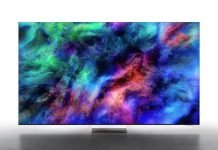
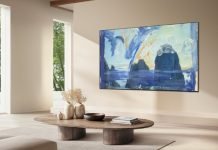

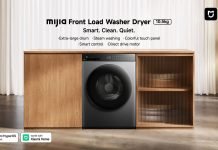
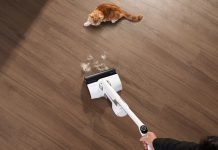


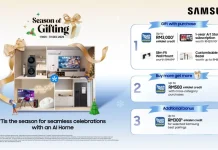







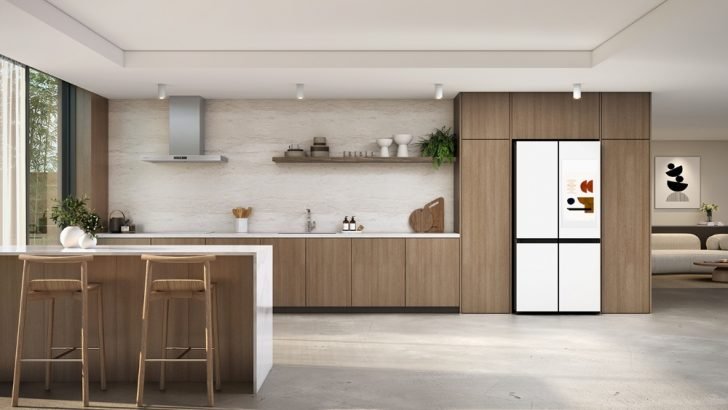
![[Invitation] Unbox & Discover 2021](https://stuffmotion.com/wp-content/uploads/2021/02/Unbox-Discover_Invitation_thumb728_FF.jpg)
![[Interview] Samsung Color E-Paper x Amore Seongsu: Preserving the Authentic Beauty of Spaces](https://stuffmotion.com/wp-content/uploads/2025/09/Samsung-TVs-and-Displays-Samsung-Color-E-paper-Amorepacific-Amore-Seongsu-Interview_Thumb728.jpg)
